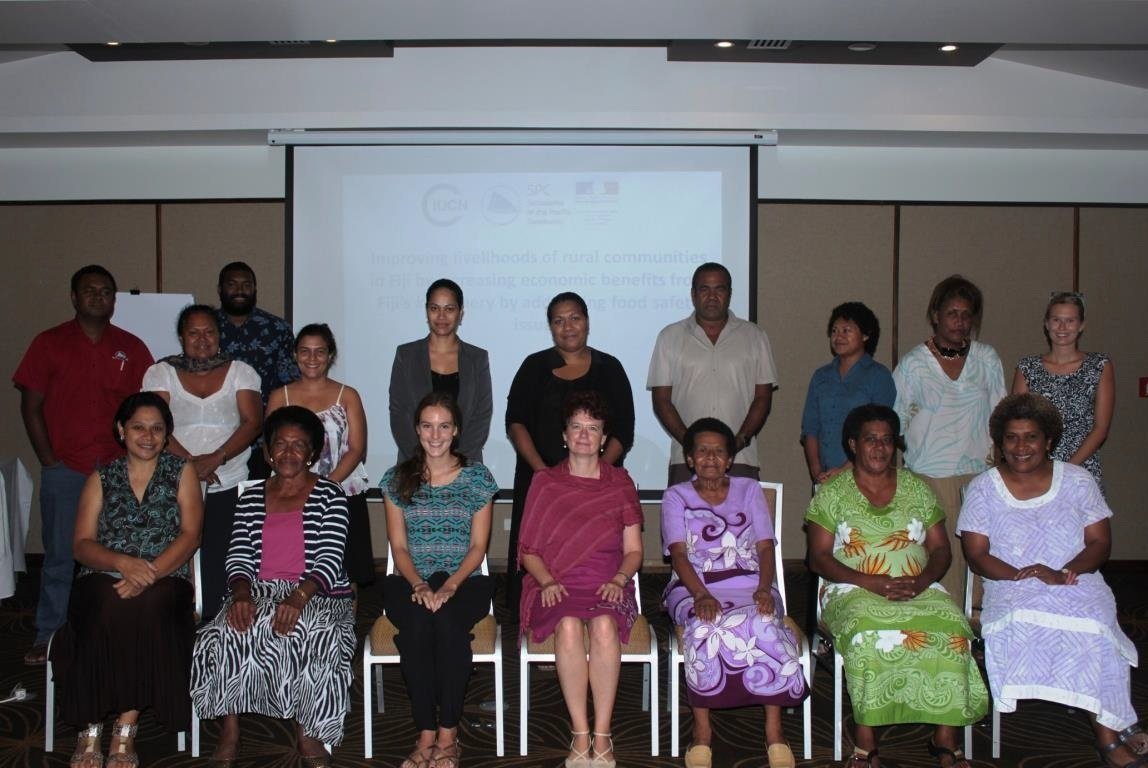
Nucleus Research Projects
"At Nucleus, every research project is a bridge connecting science, communities, and nature to create a future where ecosystems thrive and knowledge empowers lasting change."
Assessing Water Quality for Recreational Guidelines – Suva Foreshore (2021)
Urbanization and increasing human activities along coastal areas pose significant risks to water quality, particularly in recreational and estuarine environments. Recognizing this challenge, Mr. Praneel Lal conducted a comprehensive water quality assessment of the Suva Foreshore as part of his MSc research, with JNP Fiji Limited serving as an advisor. The study aimed to establish critical microbial and ecological baselines, underscoring the urgent need for Fiji-specific water quality standards tailored to local conditions.
Why This Study Was Needed
Fiji’s existing Environment Management Regulations (2007) primarily focus on effluent discharge rather than the quality of water bodies used for recreation, fishing, and livelihoods. The lack of specific national standards meant that assessments had to rely on Australian and New Zealand (ANZECC, 2000) guidelines, which may not fully reflect Fiji’s environmental and socio-economic realities.
With rapid urbanisation, untreated wastewater discharge, and limited pollution control mechanisms, there was an increasing need to evaluate water quality trends and identify key contaminants affecting public health and marine ecosystems.
Our Approach
Over eight consecutive months, water samples were collected from three key locations along the Suva Foreshore My Suva Park, Wailea Settlement, and Centre Point during both high and low tides to capture variations in pollution levels. Each site represented different environmental conditions:
My Suva Park: A public recreational area influenced by natural creek inflows and coastal currents.
Wailea Settlement: A site impacted by industrial and residential runoff, with informal settlements lacking proper sewage infrastructure.
Centre Point: Located near major industrial areas and a wastewater treatment facility, receiving runoff from forests, plantations, and urban settlements.
For full details of the study, methodology, and findings, please refer to the published paper in Water Science & Technology:
DOI: 10.2166/wst.2021.323
Partners: University of the South Pacific (USP), Fiji Government
IUCN Kai (Mollusc) Safety for Rural Livelihoods (2014-2015)
Ensuring food safety in small-scale fisheries is crucial for both local livelihoods and market access. Recognizing the potential of Kai (Batissa violacea) as a sustainable food source and economic asset for rural communities in Fiji, JNP Fiji Limited worked as a consultant to the University of the South Pacific (USP) to support research on microbial safety in the Kai fishery.
The project was designed to develop a microbial safety protocol for the Kai fishery to reduce health risks associated with shellfish consumption, increase consumer confidence, and open new opportunities for domestic and export markets. JNP Fiji Limited played a key role in assisting Mr. Viliame Waqalevu, providing expertise in:
Experimental Design: Ensuring a valid scientific approach to assessing microbial quality.
Microbial Training: Training in pathogen monitoring techniques for Kai tissue and river water.
Data Interpretation: Helping analyse findings to develop food safety recommendations.
Why This Study Was Needed
Kai, a freshwater mollusc harvested mainly by women in rural communities, is an important source of income and nutrition. However, concerns over microbial contamination including the presence of E. coli and Salmonella posed food safety risks that could hinder market expansion. The study sought to verify the public health risks, assess the feasibility of depuration (water purification) systems, and develop quality assurance standards for safer consumption.
Our Approach
The research included:
Microbial analysis of Kai tissue and river water samples.
A pilot depuration system trial at USP to test if controlled purification could reduce bacterial levels.
Community engagement with local fishers to understand their fishing and handling practices.
Knowledge-sharing workshops to equip local researchers with food safety monitoring techniques.
Partners: International Union for Conservation of Nature (IUCN), French Embassy, University of the South Pacific (USP)
Sewage Spill Impact on Hammerhead Shark Nurseries (2018-2019)
Pollution in marine ecosystems does not only affect water quality—it also alters the microbiomes of the species that inhabit these environments. To investigate the potential of microorganisms as indicators of pollution, JNP Fiji Limited designed and conducted a study on the intestinal microbial communities of juvenile Hammerhead Sharks (Sphyrna lewini) in the Rewa Delta, Fiji. The research aimed to assess how a sewage spill influenced microbial composition in these sharks, providing a baseline for monitoring environmental contamination in critical shark nurseries.
Why This Study Was Needed
Juvenile Hammerhead Sharks rely on estuarine habitats as nursery grounds, where they are exposed to environmental fluctuations and anthropogenic impacts, including pollution. In December 2014, a major sewage spill occurred in the region, discharging large volumes of untreated wastewater into nearby waters. Given that a shark’s microbiome is influenced by its habitat and diet, this event presented a unique opportunity to examine how pollution might alter its intestinal microbial profile.
Our Approach
Between November and December 2014, fourteen juvenile Hammerhead Sharks were captured in the Rewa Delta and sampled for intestinal microbial profiling using 16S rRNA amplicon sequencing. This high-resolution molecular technique allowed researchers to identify key microbial communities and track changes potentially linked to the sewage spill. The study was conducted in collaboration with local fishers and researchers, emphasizing community engagement in environmental monitoring.
For full details on the methodology, findings, and implications of this study, please refer to the published paper in Scientific Reports (Nature):
DOI: 10.1038/s41598-019-43522-x
Partners: University of the South Pacific (USP), Australian Centre for Ecogenomics




